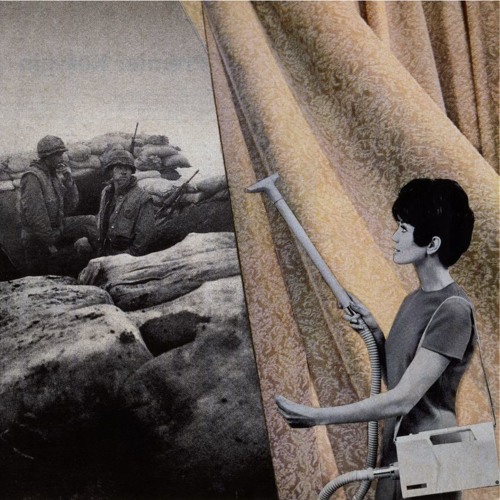Dada and the Art of Vietnam-era America


For one, Dada’s focus was on disassembling and deconstructing all art which had come from society previously, in a way which valued irreverence and a satirical tone, as can be seen in Hugo Ball’s Karawane. In his specific instance, Karawane is a nonsense poem of phonetic sounds, almost lampooning the feeling of cruel absurdity which seemed to mark the lives of the artists who were forced to fight--and often die--in the trenches.
As for Vietnam, much of the art produced was not in response to the horrors of the war, necessarily. A large portion of the literature, painting and performances were dedicated to ending the war, suing for peace, and ultimately communicating a message of defiance in the face of a system which many of the artists viewed as needlessly jingoist and cruel. There’s a unique trauma which carries between both sides; that of the draft, and seeing so many young men dragged off into war, only to return changed. While the visuals of both movements vary widely, their origins are not so separate.
Comments
Post a Comment